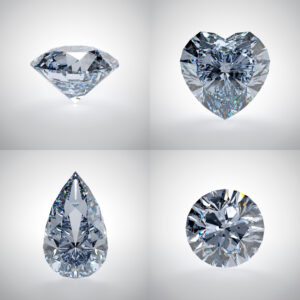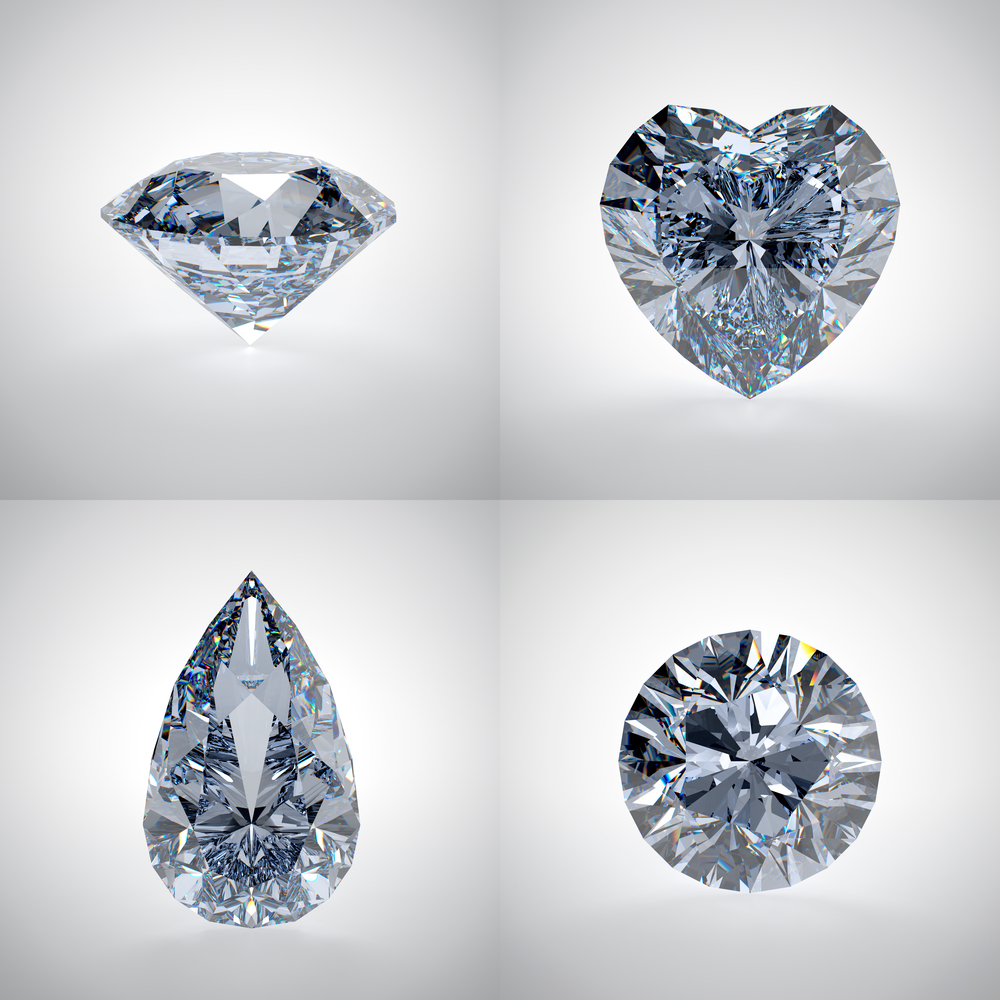
As more discerning buyers are drawn to their reduced price point and mining-free nature, lab-grown diamonds are quickly gaining in favor. However, despite their increasing popularity, lab-grown diamonds are still relatively unknown. We’ve also discovered that there’s a lot of misconception regarding this new type of lab-grown gemstone out there. So, to dispel some of the misunderstandings surrounding these jewels, we’ve put together a list of six prevalent misconceptions regarding lab-grown diamonds.
Here are some myths about lab-grown diamonds that need to be debunked.
Lab-Grown Diamonds Are Not Strong
There is no truth in this treatment. Even though the processes of creation of natural and lab-grown diamonds are different. However, they both have similar physical, optical, and chemical properties. In addition to that, both lab-grown and natural diamonds have the same hardness level. On the Mohs Scale of Hardness, you will see that both these diamonds will have a score of 10.
They Are Completely Fake
As we have already mentioned, lab-grown diamonds’ physical, chemical, and optical properties are comparable to natural diamonds. The sole difference is that one is created in a lab and the other underneath the Earth’s crust. It is very difficult to even for an expert jeweler to tell both these diamonds apart with the naked eye.
They Are Expensive
Lab-grown diamond rings can indeed cost a fortune. However, when you compare it to a natural diamond, the cost of a lab-grown diamond is usually 30-40 % less. If you are in the average income group and want a high-quality diamond engagement ring, then lab-grown diamonds are the best option.
They Are Flawless

Although lab-grown diamonds are created in a controlled setting, they are not necessarily flawless. Since scientists can control the environment in which a lab-grown diamond is created, but not the complete diamond production process, this is the case. Diamonds are grown in a lab using techniques that are nearly identical to those utilized in nature. Within that natural chemical process, there’s a little element of inconsistency that can’t be overseen. It’s worth noting that lab-grown diamonds are more perfect than natural diamonds.
They Are The Only Conflict-Free Diamonds
Diamonds grown in a lab are indeed conflict-free because they do not utilize forced labor. Nevertheless, they are not the only conflict-free diamonds. With the introduction of the Kimberly process, it is made sure that around 99.8 % of the diamonds that are available in the market are conflict-free. If you are buying a diamond ring made using mined diamonds, make sure that it was sourced ethically.
